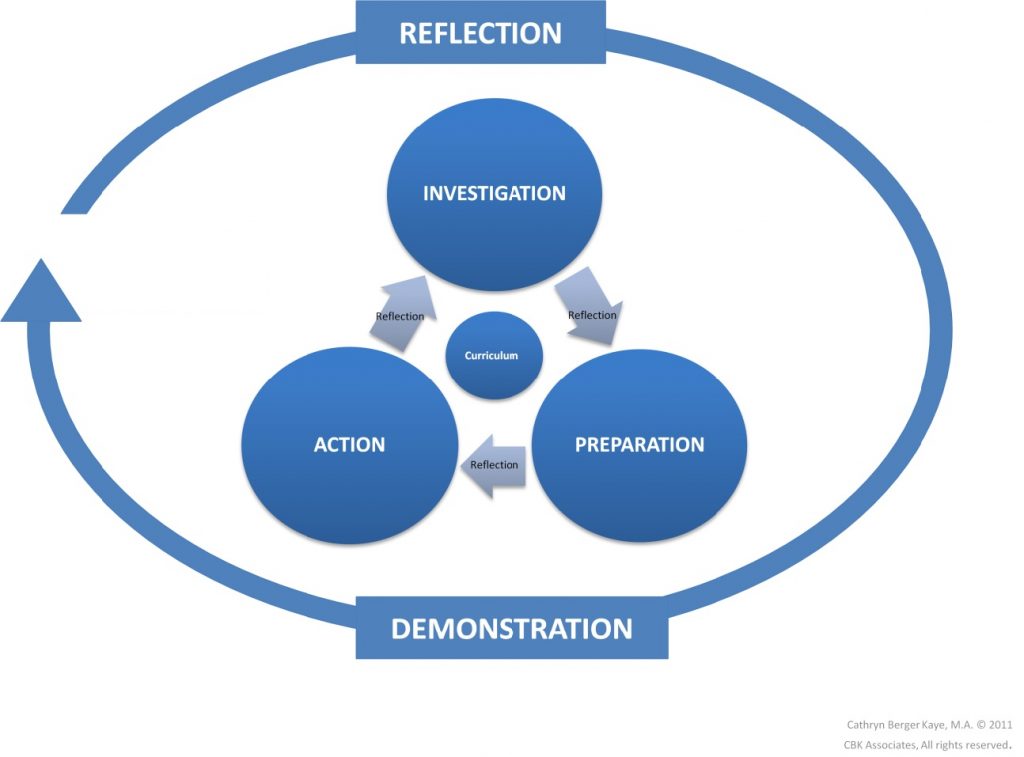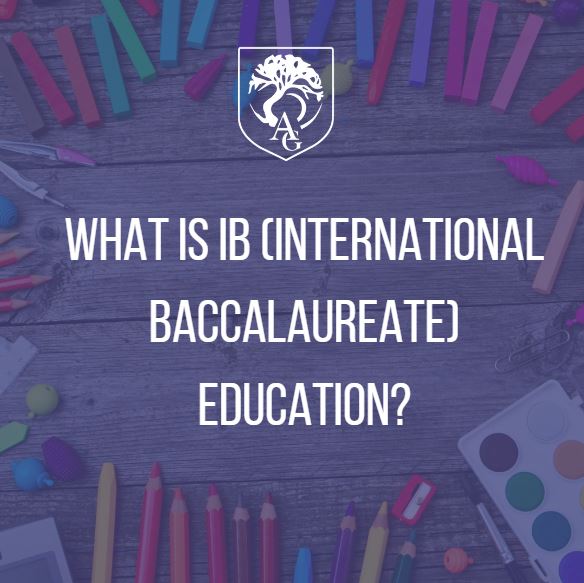Reshaping education through Service Learning
Reshaping education through Service Learning

The process of teaching and learning in schools is continuously evolving to better align with personal, professional and environmental factors. As the world becomes more interconnected, education must do more than focus on traditional academic achievement.
Service Learning encapsulates this by transcending beyond the classroom and changing the way students approach learning and its impact. From a very early age, children are taught to analyse complex real-life situations, formulate strategies to impact change through collective intelligence, and finally serve as change agents to action the outcomes for the well-being of the community and society.
What is Service Learning?
In its simplistic form, Service Learning is learning through experience; action and reflection. Students use systems thinking tools to develop an understanding of the potential impacts of an action. By doing so, they identify actions that will not only bring about positive change, but also minimize potentially adverse impacts.
While community interaction and projects are integral to the application of Service Learning, the process extends beyond community service or fundraising activities. Rather, it requires delving into the systems thinking process to direct and sustain that effort.
Sustainability concepts form the foundation of Service Learning; the systems thinking process provides the base for its analytical and strategic approach. In conjunction these concepts deepen the understanding of academics through analysis and reflection, encourage collaboration and community interaction, and help children develop into confident resilient change agents.
Categories of Service Learning
Service Learning takes many shapes and forms and helps build and strengthen relationships between students and their communities. The chart below categorizes the three different types of service.
| Direct | Indirect | Research & Advocacy |
| Students perform a specific task or action to address an existing pressing community need. Common examples may include volunteering their time at a food back or an animal shelter, tutoring younger students, reading to the elderly etc. | A combined effort between students and community partners. Through analysis, problems are identified and actionable recommendations are developed to instigate change. Common outcomes may include leading workshops or creating collateral to support a cause such as an environmental or a small scale community project. | A focus on larger issues with a more widespread and lasting impact. These efforts may include recommendations to decision making authorities such as social, political or environmental agencies. |
Service Learning Cycle
Service Learning cannot be taught in a silo; for effective understanding and impact it must be embedded and reiterated throughout the curriculum. Embedding sustainability concepts and applying systems thinking tools provide this framework; enabling students to understand, analyse and relate independent factors and components to visualize the bigger picture.
Service Learning concepts can be challenging given the complex and abstract nature of the topic. However, in the classroom it can be broken down into the following 5 stages:

Investigation – Students apply systems thinking tools to explore global or local issues.
Preparation – Planning stage where students identify feasible and meaningful actions that can be taken. Prepares for the project.
Action – After the preparation stage, students engage in either direct, indirect, or research/advocacy service learning projects.
Reflection – the process of reflection is ongoing throughout the cycle. A major reflection is conducted at the end of the project before students prepare to share their findings and learning.
Demonstration – During this stage, students share their findings and learning within their school community or beyond.
Benefits of Service Learning
Service Learning benefits students in a plethora of ways and as global needs change, it is only fitting that curriculums integrate Service Learning for students of all ages. Being embedded across the curriculum it strengthens their learning, develops critical thinking and problem solving skills, fosters collaboration and teaches empowerment, to name a few.
Students learn very early to explore and challenge values and beliefs while developing empathy and respect for others and reaping the benefits of positive collective efforts. They extend their understanding of diversity and enhance their knowledge of and interest in social, cultural and political issues.
Finally, Service Learning takes students on a life-long journey of engagement, reflection and interaction. Learning to drive and sustain positive change, these change agents are reshaping the way the world works.








